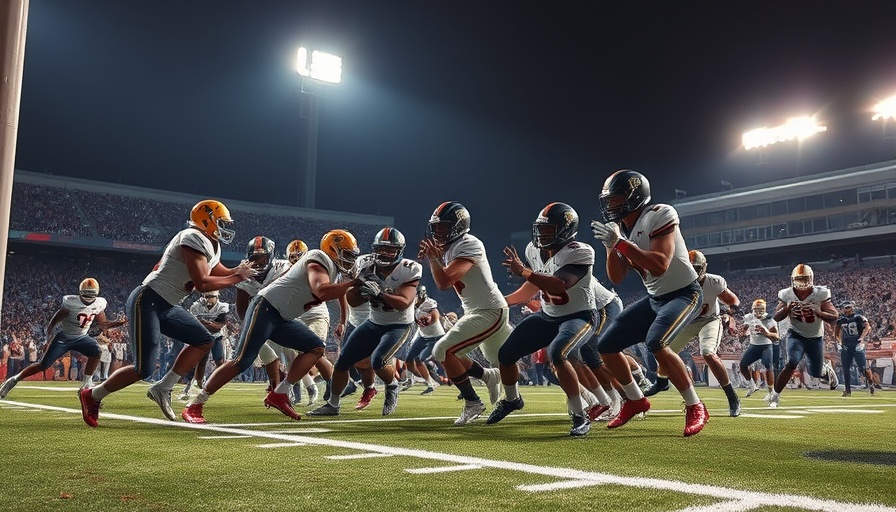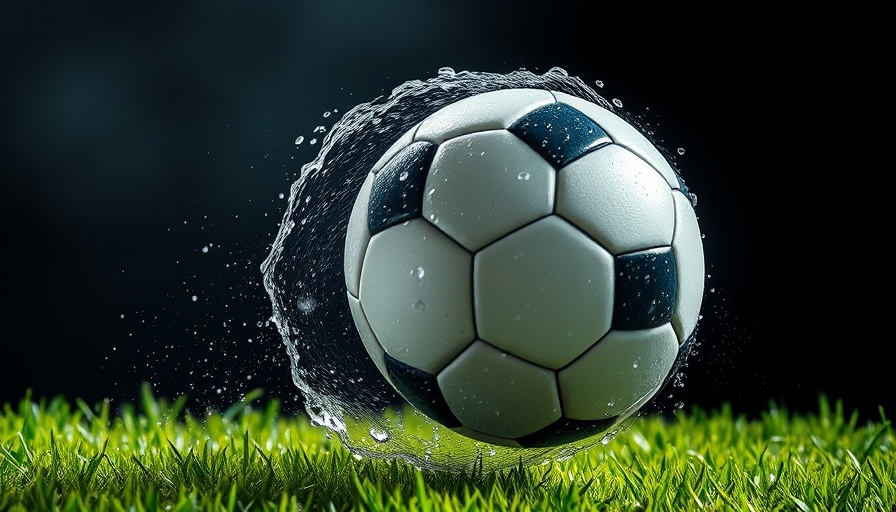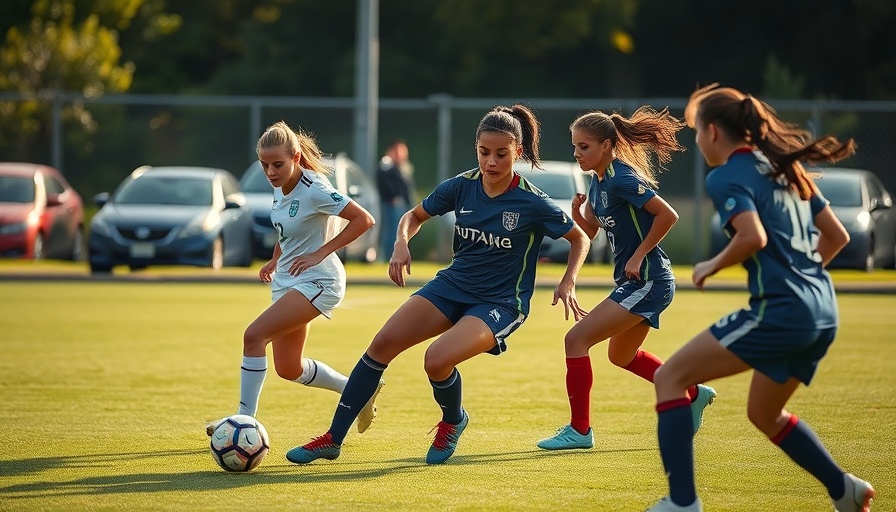
The Age-Old Dilemma: Shotgun or Under Center?
In the high-stakes world of college football, the choice between running a play from the shotgun formation versus lining up under center has long been a hot topic among coaches and fans alike. As the 2024 season unfolds, we delve into the goal-line strategies of 15 elite college teams, revealing surprising tendencies and outcomes.
Why Do Coaches Prefer Shotgun?
Despite a higher success rate when using under-center formations, many offensive coordinators still opt for the shotgun formation just a yard away from the end zone. The preference may stem from the perceived advantages of a quicker snap and improved visibility for the quarterback. However, statistics often tell a different story. USA TODAY Sports conducted an analysis of every key snap near the goal line, bringing to light the frequent failures of teams that favored the shotgun in critical moments.
Spotlight on the Best and Worst Outcomes
Among the 15 teams analyzed, Alabama’s approach yielded mixed results. In various situations, they relied heavily on the shotgun but experienced unsuccessful attempts alongside successful touchdowns. For example, in key moments such as against South Carolina, Alabama ran from the shotgun on multiple occasions with negligible results—a no-gain run here and a loss there.
In stark contrast, their single instance of a third-and-goal play under center led to a touchdown run. This illustrates a critical point about team strategy: when the stakes are highest, might traditional methods bear more fruit?
Does History Favor Under Center Plays?
Reflecting on the historical context, teams that have relied on the under-center approach in goal-line situations often see improved chances of success. This is rooted in the formation's ability to facilitate power runs while compressing the defense into a tight area, key advantages in short-yardage situations.
For instance, teams like Georgia and Michigan showed greater effectiveness when putting their quarterbacks under center in goal-line scenarios. Their determined lines and the quarterback's ability to sneak the ball into the end zone exemplify how some teams are leveraging a traditional strategy wisely.
Local Legends and National Trends
For our audience in Cuyahoga Falls, consider how local high schools mimic these strategies at their level. Coaches may look to the successes and failures of their collegiate counterparts when devising their own game plans. Understanding these dynamics might empower less experienced coaches and players towards more thoughtful decision-making on the field.
Future Predictions: What Will 2025 Bring?
Looking ahead, teams that continue to lean exclusively on the shotgun formation may find themselves outperforming teams that mix it up, merely due to the surprise factor alone. However, teams that capitalize on the strengths of traditional formations under center may trend upward in performance, especially in crucial games.
The debate might soon evolve as coaching styles adapt to the new generation of players while technology enhances the ability to analyze plays more effectively than ever.
Taking Action: What Can Coaches and Fans Learn?
As the world of college football constantly shifts, both coaches and fans must remain adaptable in their understanding of offensive strategies. Engaging in discussions about what works—and what doesn’t—will empower players and change the coaching landscape moving forward. This discourse not only helps support high school teams but enlightens fans about the nuances of play-calling on a grander scale.
So the next time you watch a game, consider whether the format used near the goal line truly resonates with tactical efficiency or merely follows the latest trend. Expanding your knowledge in this area will heighten your appreciation for the game and its strategies.
Stay tuned for more insights as we track the evolving strategies of teams throughout this season and beyond! Education for fans and players alike is vital as we navigate this enthralling game of football.
 Add Row
Add Row  Add
Add 




Write A Comment